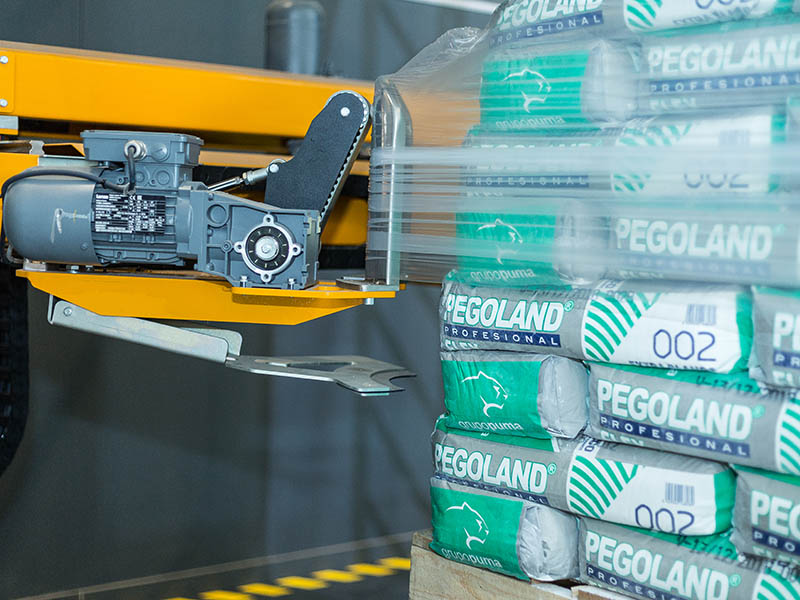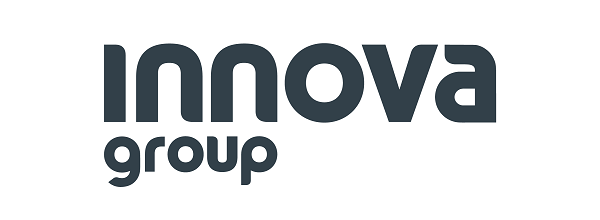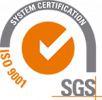#SustainableThinking: How can the packaging technology contribute to the Sustainable Development Goals?
A Sustainable Industry is not a utopia but a reality made possible by the use of more efficient technologies and more sustainable processes. From Innova we want to contribute to a more circular economy making sure that companies use more sustainable industrial packaging systems such as Stretch Hood that reduces CO2 emissions, plastic consumption and waste. Today in our blog we’ll be analysing how our Stretch Hood green technology helps contribute to the United Nations Sustainable Development Goals. Join the Sustainable Thinking!
Understanding the Sustainable Development Goals
In September 2015, the United Nations proposed 17 Sustainable Development Goals (SDGs) to eradicate extreme poverty, protect the planet and combat inequality and injustice for all. Each goal is part of the global sustainable development agenda and has specific targets to be achieved within the next 15 years.
In addition to improving social development in the world, many of the goals have a commitment to the Environment. Thus we find lines of work such as climate action, affordable and non-polluting energy, clean water, sustainable cities, responsible production, life below water or life on land, among others.
How does the packaging system contribute to the sustainable development objectives?
In a large-scale industrial production environment, just using efficient technology in their production processes can have a big impact. As packaging experts, we address how the pallet packaging system can contribute to this, but the industry trend confirms many sectors are already adopting more efficient measures and technologies and managing better its waste.
Here we analyse the goals your company can contribute with just changing the packaging system:
Industry, innovation and infrastructure (ODS 9)
The emission of carbon dioxide during manufacturing processes is one of the most important risk factors included in this objective of Industry, Innovation and Infrastructure. In this sense, the Stretch Hood system incorporates high efficiency technologies that do not emit CO2 compared to other similar solutions such as the Thermo-shrink system.
Although CO2 emissions have decreased in the last decade in many countries, this reduction has not been uniform throughout the world and is therefore not sufficient. According to the United Nations, “technological progress is the basis for efforts to achieve environmental goals, such as increased resources and energy efficiency”.
Responsible consumption and production (ODS 12)
The main objective of Sustainable Consumption and Production is “to do more and better things with less resources”. In this sense Stretch Hood has a lot to contribute as it protects palletized loads with 50% less consumables, using only the strictly necessary film in each wrapping. The wrapping process itself uses only one layer of tubular film that stretches and adapts to the load, reducing the use of plastic and eliminating waste such as excess plastic from the pallet. The need for good waste management and recycling is key to transforming the economy from linear to circular. At Innova, in addition to reducing waste in packaging, we always recommend 100% recyclable consumables.
For the United Nations, “it is necessary to adopt a systemic approach and achieve cooperation among participants in the supply chain, from the producer to the end consumer”.
Climate Action (ODS 13)
The Climate Action objective focuses primarily on responding to climate change by reducing CO2 emissions, both institutionally and in the private sector. In this sense, Stretch Hood technology reduces CO2 emissions by not using a shrink oven in the cold wrapping process. It is also a more efficient energy solution than other types of systems and has a low electricity consumption.
The Stretch Hood system only consumes energy in the wrapping process, being able to carry out up to 150 wrappings of pallets/hour, while systems like Shrink Hood have a continuous energy consumption even if they are not wrapping pallets, due to the maintenance of the temperature of the heat oven. In cases of low production Stretch Hood is also more efficient, using the same amount of energy per pallet, versus Thermo shrink-wrapping that needs to increase the temperature in the first pallet after a stop.

Other sustainable objectives
In addition to the above objectives, there are other goals to which Stretch Hood technology has to contribute. This would be the case, for example, with Life on land objective (ODS 15), with which we contribute by reducing CO2 emissions and carbon footprint. To the objective of Sustainable Cities and Communities (ODS 11) the productive industry has much to contribute, as it is usually located in the vicinity of cities. This objective is influenced not only by carbon dioxide emissions but also by the company’s own waste management, for example by using packaging systems such as Stretch Hood that reduce waste and use recyclable consumables.
Definitely there is a long way to go in order to achieve a more sustainable industry, but it is important to get started. From Innova, we offer you Packaging and Consumables Eco-advice in order to use recyclable and biodegradable films.
Let’s be the driver of change of a more responsible and sustainable industry!
Welcome to the Sustainable Thinking!








